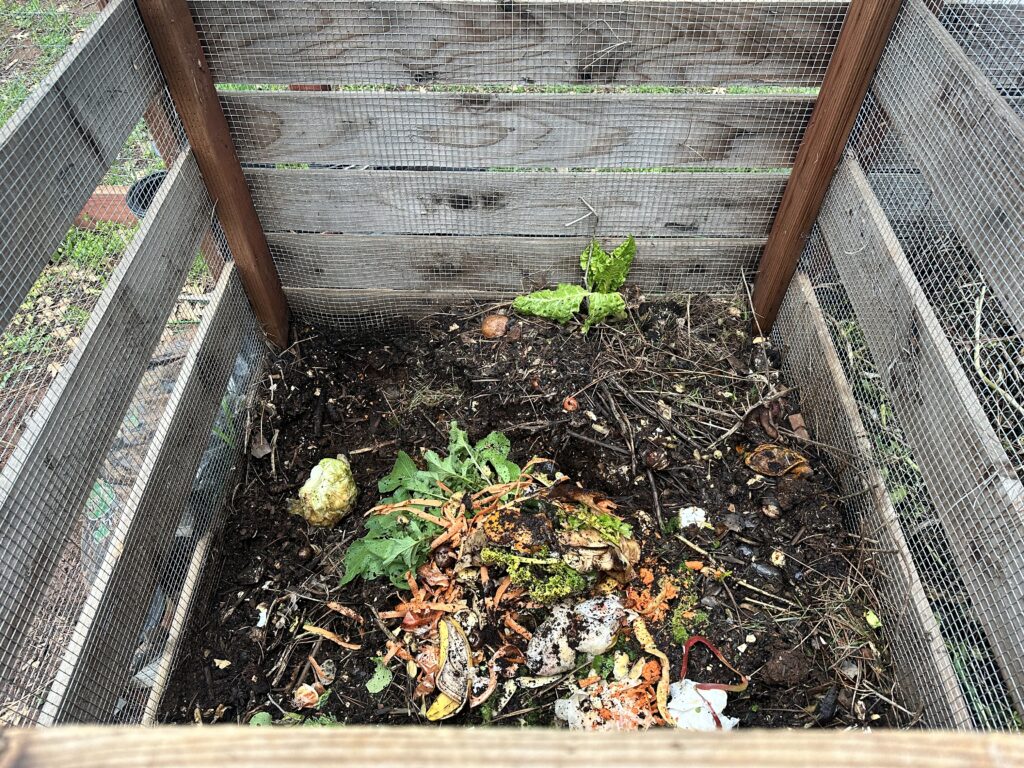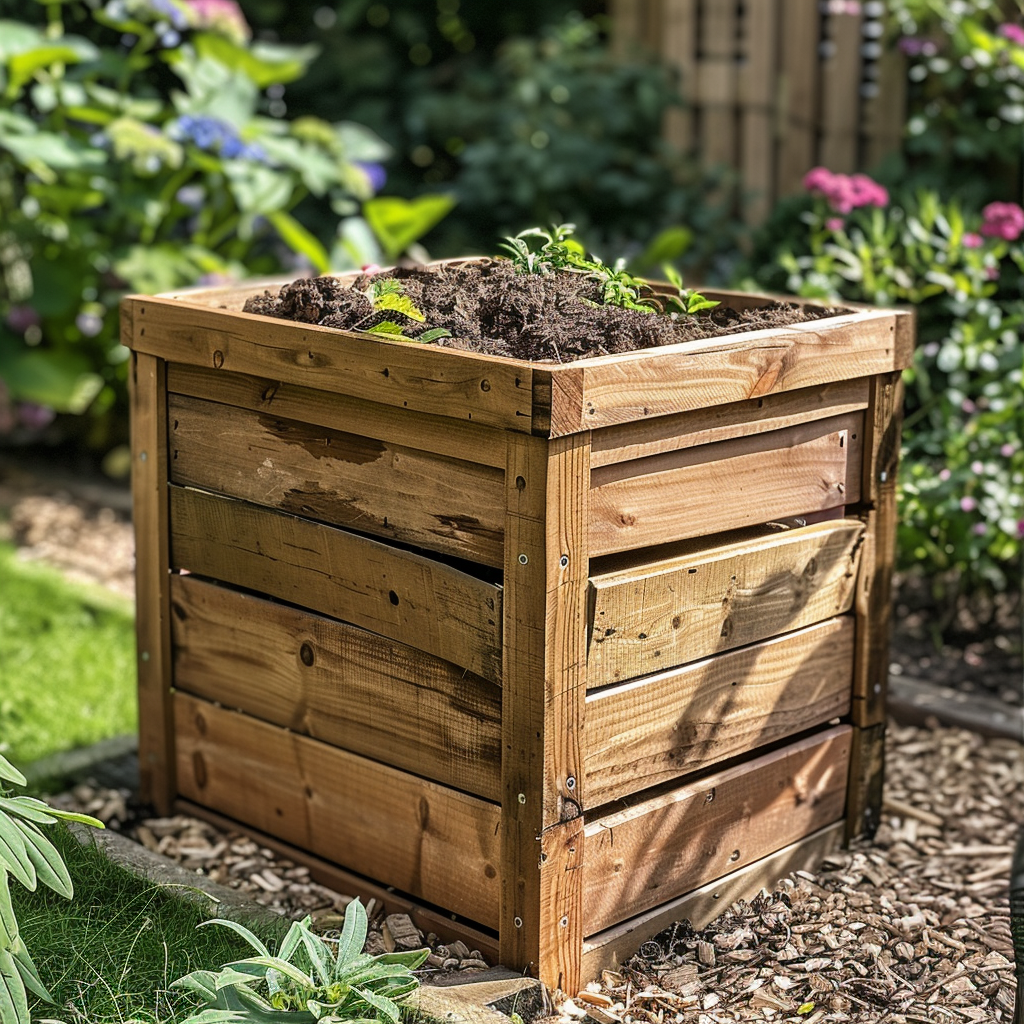This post contains affiliate links. I may earn a commission from purchases made through these links. I only recommend products I've personally used. Your trust is important, and I aim to provide valuable recommendations. Thank you for your support!
Composting is not just an eco-friendly way to reduce kitchen and garden waste; it’s also a fantastic method to enrich your soil. Moreover, it’s simpler than you might think. Let’s dive into how you can start transforming your waste into garden gold today.

Understanding the Layers of Compost
Composting is often compared to making a layered cake. Each layer serves a purpose, and together, they create the perfect conditions for decomposing organic material. Here’s a simple breakdown:
- Brown Layer: Comprising about 50-60% of your compost pile, this layer includes materials rich in carbon such as dried leaves, straw, wood chips, and shredded newspaper. Browns are essential for absorbing excess moisture and providing aeration.
- Green Layer: Making up 40-50% of the mix, greens are nitrogen-rich materials like vegetable scraps, coffee grounds, grass clippings, and plant trimmings. They add moisture and speed up the decomposition process.
- Soil Layer: Sprinkling a thin layer of soil or finished compost in between your brown and green layers introduces beneficial microorganisms that help break down the materials.
- Water: While not a layer, maintaining adequate moisture is crucial. Your compost pile should be as wet as a wrung-out sponge.
What Goes Into Each Layer?
Importantly, not everything belongs in your compost pile. While vegetable scraps and coffee grounds are perfect, meat and dairy should be avoided due to their tendency to attract pests. Similarly, adding too many citrus peels can overly acidify your compost, so balance is key.
The Benefits of Composting
Additionally, composting offers myriad benefits. It not only reduces landfill waste but also enriches your soil, reducing the need for chemical fertilizers. Plus, it’s a rewarding way to contribute to a healthier planet.
How to Get Started
- Choose a Bin: Start with a compost bin suited to your space, whether it’s a simple pile in the yard, a tumbler, or a worm composting system.
- Layer Your Materials: Begin with a layer of browns, then add a layer of greens. Add a sprinkle of soil and repeat the layers until the bin is full.
- Maintain Your Pile: Turn your compost every few weeks to aerate it, and ensure it has the moisture of a wrung-out sponge.
- Harvest Your Compost: In 3-6 months, your compost should be ready. It will look like dark, crumbly topsoil.
Motivating Factors
Composting may seem like an extra task, but its benefits to your garden and the planet are immense. Here’s what should motivate you:
- Personal Contribution to the Environment: Every bit of waste you compost is one less bit contributing to methane in landfills.
- Healthier Plants: Your garden will thrive with the addition of rich, homemade compost.
- A Sustainable Cycle: Composting closes the loop, turning waste back into food for the earth. It’s a hands-on way to participate in the circle of life.
Conclusion
Composting is an accessible, rewarding practice that benefits your garden, your wallet, and the planet. By understanding the basics of what to compost, how to layer it, and the benefits it brings, you’re well on your way to creating your own composting system. Start small, be patient, and enjoy the process. Your garden will thank you, and you’ll take pride in knowing you’re contributing to a healthier, more sustainable world.


No responses yet